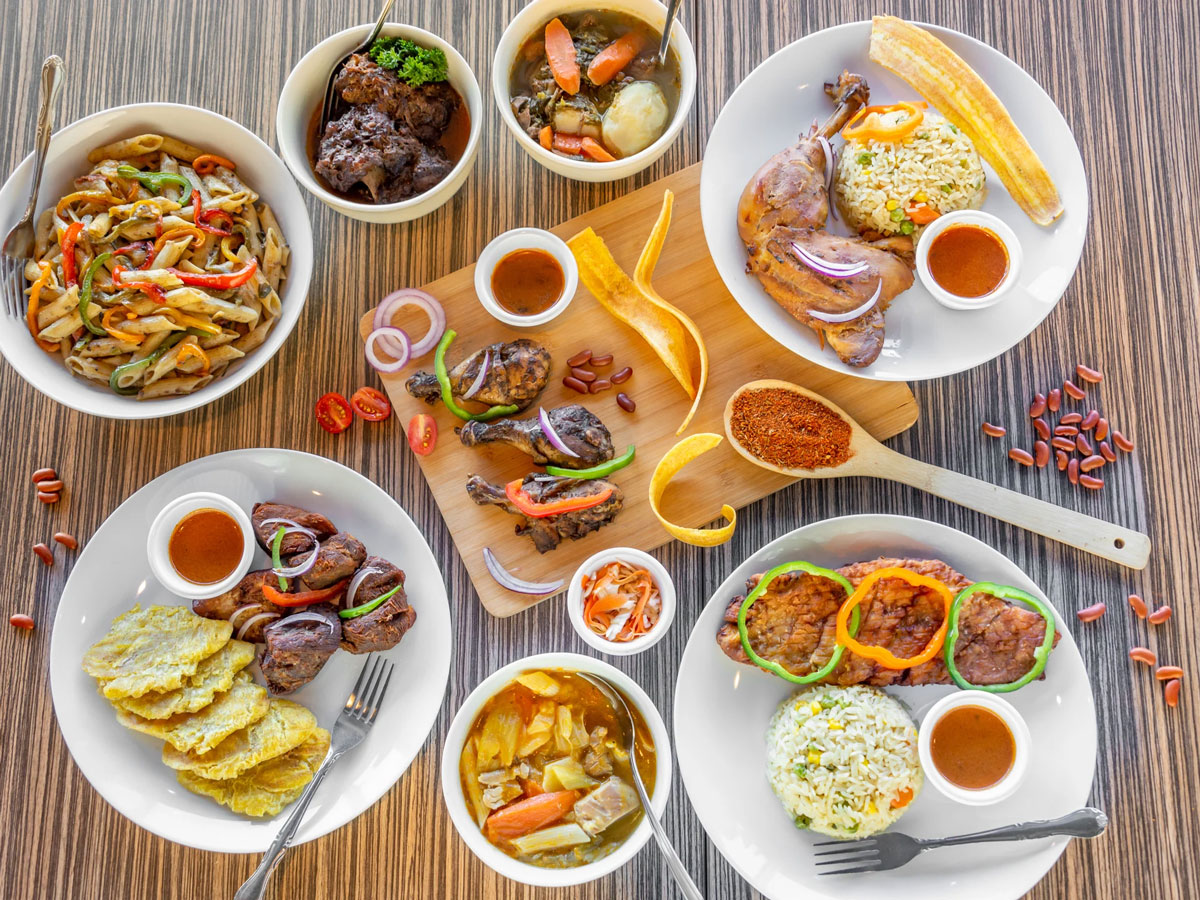
Exploring Caribbean Cuisine: A Flavorful Journey Through the Islands
Caribbean cuisine is a vibrant tapestry of flavors, ingredients, and cooking techniques that reflect the rich cultural heritage and diverse influences of the Caribbean islands. Known for its bold and spicy flavors, Caribbean cuisine offers a delightful array of dishes that capture the essence of the region’s tropical environment and its history of cultural exchange. From aromatic spices to fresh tropical fruits, Caribbean cuisine is a celebration of culinary creativity and tradition. This comprehensive exploration of Caribbean cuisine will take you on a flavorful journey through some of the region’s most iconic dishes and ingredients, including the essence of Caribbean cooking, the unique characteristics of arranged rums, and a variety of delectable foods that define the Caribbean culinary experience.
The Essence of Caribbean Cuisine
Caribbean cuisine is characterized by its use of diverse ingredients, vibrant spices, and unique cooking methods. The culinary traditions of the Caribbean reflect a melting pot of cultures, including African, European, Indigenous, and Indian influences. This fusion of flavors and techniques creates a rich and varied culinary landscape that is both flavorful and culturally significant.
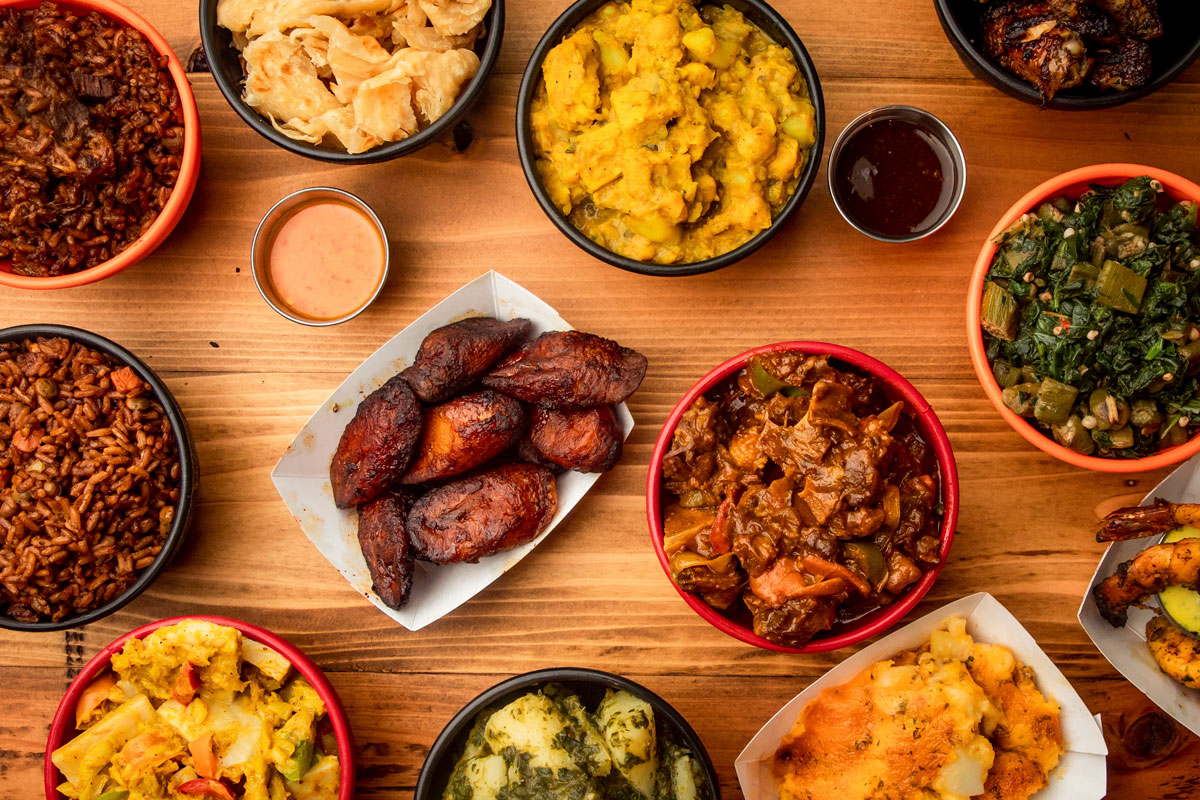
Spices and Herbs: One of the defining features of Caribbean cuisine is its extensive use of spices and herbs. Ingredients such as allspice (pimento), thyme, Scotch bonnet peppers, and ginger play a crucial role in creating the bold and aromatic flavors that are synonymous with Caribbean dishes. The use of these spices not only adds depth and complexity to the food but also reflects the region’s history of trade and cultural exchange.
Cooking Techniques: Caribbean cooking techniques often involve grilling, frying, and stewing. Jerk cooking, for example, is a popular method that involves marinating meat in a spicy blend of herbs and spices before grilling it over a fire. This method imparts a distinctive smoky flavor to the meat and is a hallmark of Caribbean barbecue. Other techniques include slow-cooking stews and curries, which allow the flavors to meld and develop over time.
Tropical Ingredients: The Caribbean islands are blessed with a bounty of tropical ingredients that are central to the region’s cuisine. Fruits like mango, pineapple, and guava add sweetness and freshness to dishes, while root vegetables such as cassava and sweet potatoes provide a hearty and satisfying base for many meals. Seafood, including conch, lobster, and crab, is also a staple in Caribbean cooking, reflecting the region’s maritime heritage.
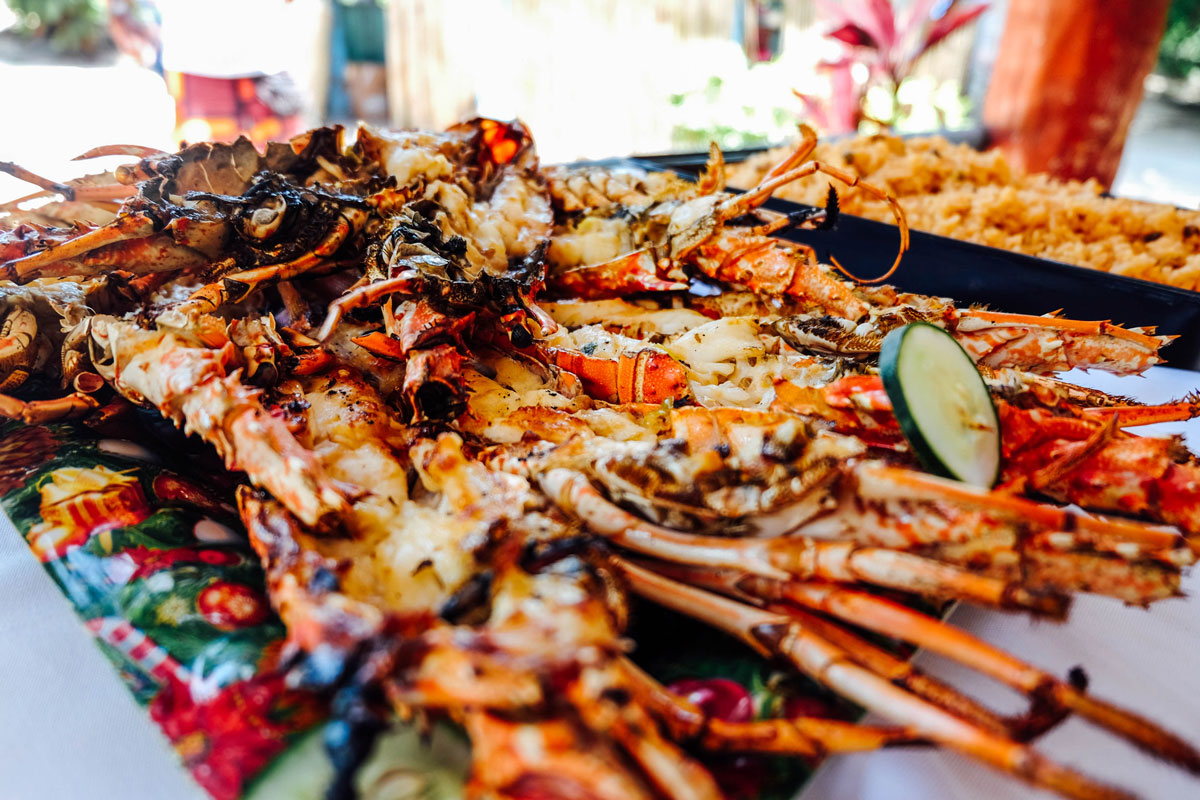
Iconic Caribbean Dishes
Caribbean cuisine is renowned for its diverse and flavorful dishes. Here are some iconic dishes that exemplify the rich culinary traditions of the Caribbean:
1. Jerk Chicken and Pork: Jerk seasoning is one of the most famous Caribbean culinary exports. This spicy blend of ingredients typically includes Scotch bonnet peppers, allspice, thyme, and garlic. The seasoning is used to marinate chicken or pork before grilling, resulting in a smoky, spicy, and aromatic flavor. Jerk chicken and pork are often served with side dishes like rice and peas, fried plantains, or a fresh salad.
2. Curried Goat or Pork: Curry is a beloved flavor in Caribbean cuisine, and curried goat or pork is a popular dish that showcases this spice blend. The meat is simmered in a rich curry sauce made with a combination of spices, including turmeric, cumin, and coriander. The slow-cooking process allows the meat to become tender and flavorful, making it a hearty and satisfying meal.
3. Ackee and Saltfish: This traditional Jamaican dish combines salted codfish with ackee, a fruit that is sautéed with onions, peppers, and tomatoes. The ackee has a creamy texture and a mild flavor that pairs perfectly with the salty and savory codfish. This dish is often served with fried plantains or dumplings for a complete meal.
4. Roti: Roti is a type of flatbread that is commonly served with curries and stews. It is made from flour, water, and oil, and is typically cooked on a hot griddle. Roti can be filled with various ingredients, such as curried vegetables or meat, to create a satisfying and flavorful wrap.
5. Callaloo: Callaloo is a leafy green vegetable that is often used in Caribbean cooking. It can be prepared as a side dish or incorporated into soups and stews. The leaves are typically cooked with onions, garlic, and other seasonings to create a flavorful and nutritious dish.
6. Fried Plantains: Plantains are a staple ingredient in Caribbean cuisine, and fried plantains are a popular way to enjoy this versatile fruit. The plantains are sliced and fried until golden brown, resulting in a sweet and crispy treat that is often served as a side dish or snack.
7. Conch Fritters: Conch fritters are a beloved Caribbean appetizer made from conch meat, which is mixed with a batter of flour, spices, and vegetables. The mixture is deep-fried until crispy and golden, creating a delicious and savory bite-sized treat.
8. Coconut-Based Dishes: Coconut is a key ingredient in many Caribbean dishes, providing a rich and creamy flavor. Coconut milk is often used in curries, stews, and soups, while grated coconut is used in desserts and baked goods.
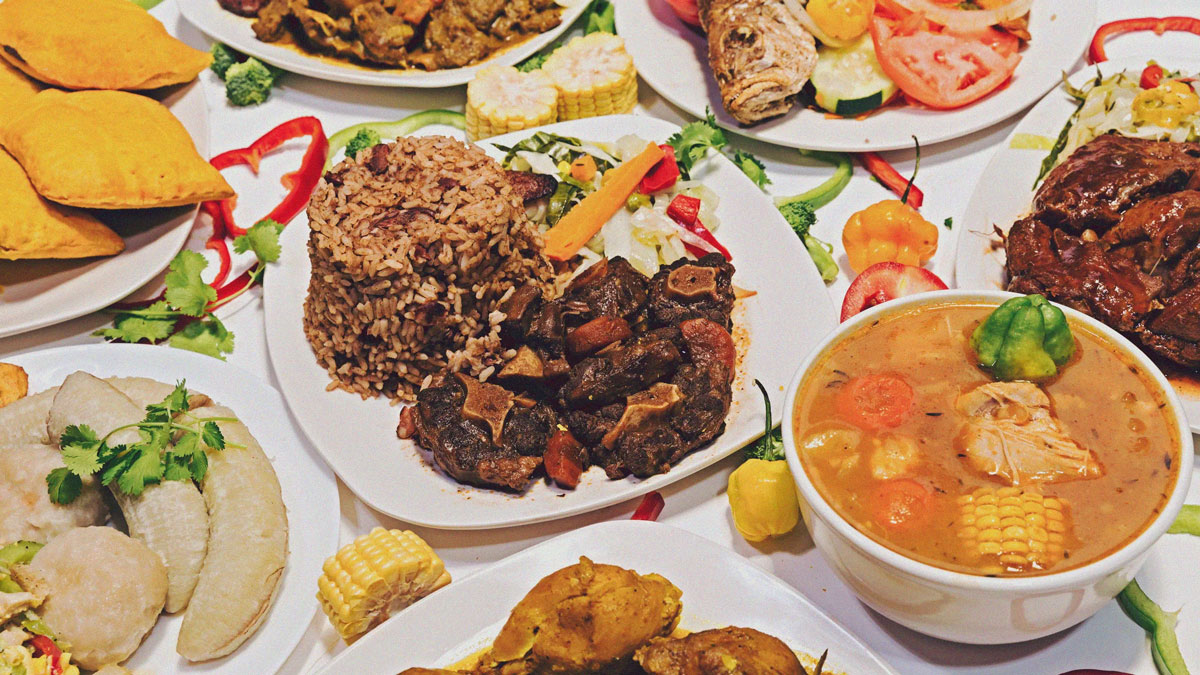
Arranged Rums: A Flavorful Twist on Traditional Spirits
Arranged rums are a unique and flavorful category of rum that showcases the art of infusing traditional rum with a variety of fruits, spices, herbs, and other flavorings. This process creates a diverse range of aromatic and taste profiles that highlight the creativity and versatility of Caribbean spirits.
Ingredients and Infusion Process: The base of arranged rums is typically high-quality rum, which provides the foundation for the infusion process. Fruits like pineapple, mango, and passion fruit are commonly used to create bright and fruity flavors. Spices such as cinnamon, cloves, and nutmeg add warmth and complexity, while herbs like mint and basil contribute fragrant and herbal notes. The infusion process involves combining the rum with the chosen ingredients and allowing the flavors to meld over time.
Popular Flavor Profiles: Arranged rums offer a wide range of flavor profiles, from tropical fruit-infused rums to spiced and herbal variations. Tropical fruit rums are known for their vibrant and refreshing flavors, while spiced rums have a warm and aromatic character. Herbal rums provide a fragrant and botanical touch, and unique combinations such as coffee and chocolate or chili and lime offer creative and innovative flavors.
Serving Suggestions: Arranged rums can be enjoyed in various ways, depending on their flavor profile and intended use. They can be sipped neat or on the rocks to appreciate their complex flavors, used as key ingredients in cocktails, or incorporated into culinary creations to add a distinctive touch.
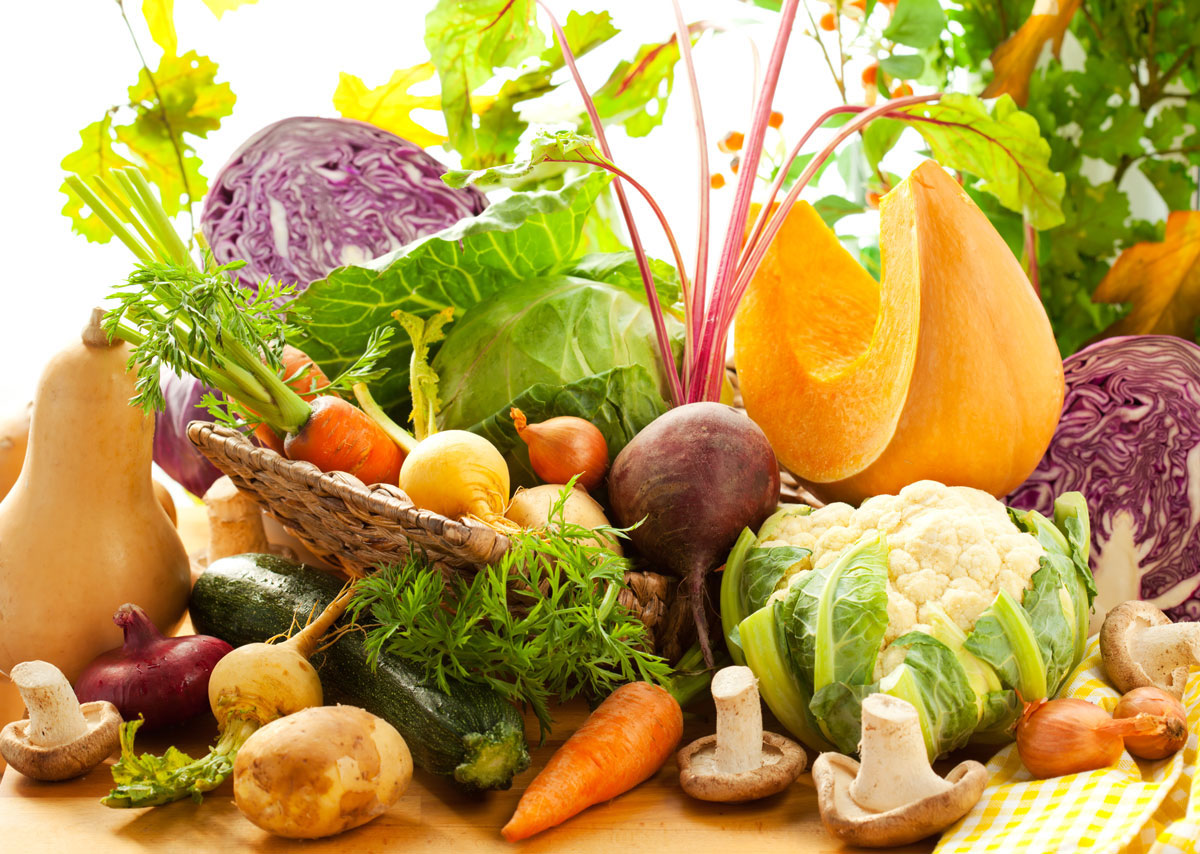
Key Caribbean Ingredients and Their Uses
Several key ingredients define Caribbean cuisine and contribute to its distinctive flavors. Here are some essential ingredients and their roles in Caribbean cooking:
1. Scotch Bonnet Peppers: These fiery peppers are a staple in Caribbean cooking, known for their intense heat and fruity flavor. They are used in marinades, sauces, and stews to add a spicy kick to dishes.
2. Allspice (Pimento): Allspice is a versatile spice that combines flavors of cinnamon, cloves, and nutmeg. It is a key ingredient in jerk seasoning and adds depth and warmth to Caribbean dishes.
3. Coconut: Coconut is a beloved ingredient in Caribbean cuisine, used in both savory and sweet dishes. Coconut milk is commonly used in curries and stews, while grated coconut is used in desserts and baked goods.
4. Mango: Mangoes are a popular tropical fruit that adds sweetness and freshness to Caribbean dishes. They can be used in salsas, salads, and desserts, or enjoyed on their own.
5. Plantains: Plantains are a versatile fruit that can be fried, baked, or boiled. They are often used as a side dish or snack and can be prepared in various ways to suit different flavor profiles.
6. Conch: Conch is a type of shellfish that is commonly used in Caribbean cuisine. It can be prepared in various ways, including fritters, stews, and salads, and adds a unique and savory flavor to dishes.
7. Cassava: Cassava is a starchy root vegetable that is used in a variety of Caribbean dishes. It can be boiled, fried, or grated and is often used as a base for stews and soups.
8. Guava: Guava is a tropical fruit known for its sweet and tangy flavor. It is used in beverages, desserts, and sauces, and adds a distinctive tropical touch to Caribbean cuisine.
9. Okra: Okra is a vegetable that is commonly used in Caribbean cooking, particularly in stews and soups. It adds a unique texture and flavor to dishes and is often paired with other ingredients like tomatoes and spices.
10. Sweet Potato: Sweet potatoes are a nutritious and versatile ingredient used in a variety of Caribbean dishes. They can be baked, mashed, or used in soups and stews to add sweetness and depth of flavor.
11. Lime: Lime is a key ingredient in Caribbean cuisine, providing a tangy and refreshing flavor to dishes. It is used in marinades, dressings, and beverages, and adds a bright and zesty note to Caribbean food.
12. Crayfish: Crayfish, also known as freshwater lobsters, are used in Caribbean cuisine to create flavorful and hearty dishes. They are often used in stews and soups and add a rich and succulent taste to meals.
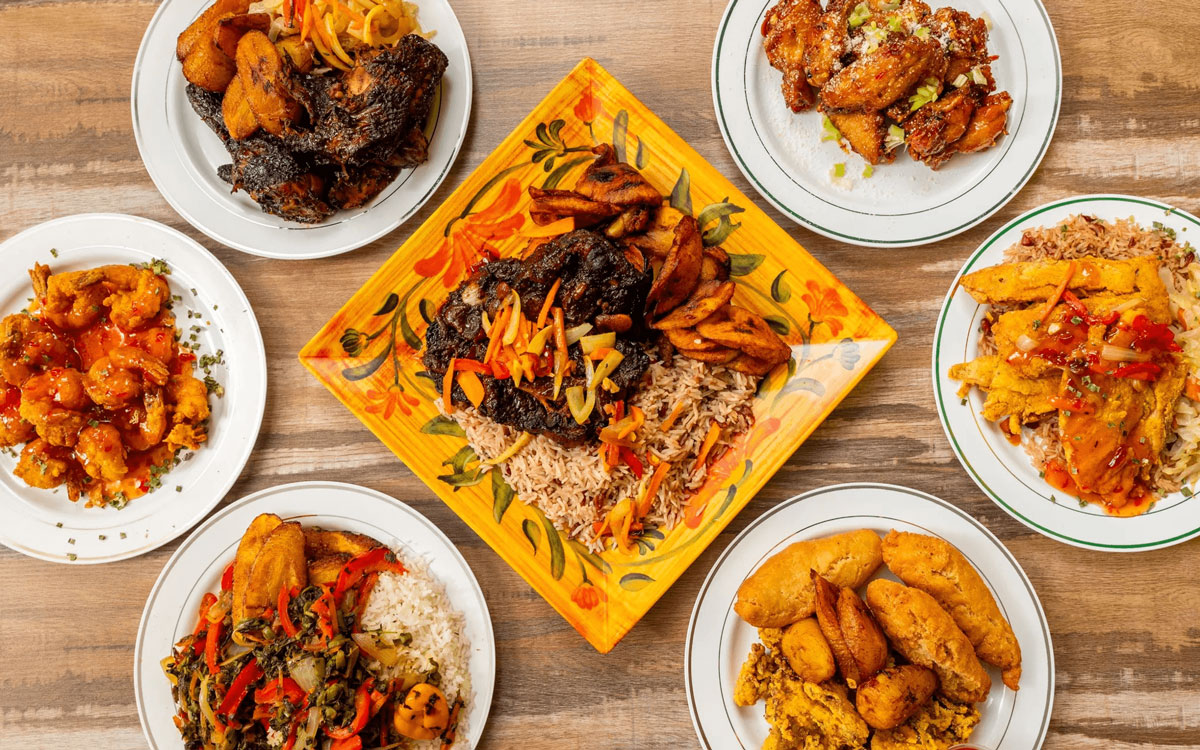
Caribbean cuisine is a vibrant and diverse culinary tradition that reflects the rich cultural heritage and natural bounty of the Caribbean islands. From bold and spicy jerk dishes to the sweet and tropical flavors of arranged rums, Caribbean cuisine offers a delightful array of flavors and experiences. The use of fresh ingredients, aromatic spices, and unique cooking techniques creates a culinary landscape that is both flavorful and culturally significant.
